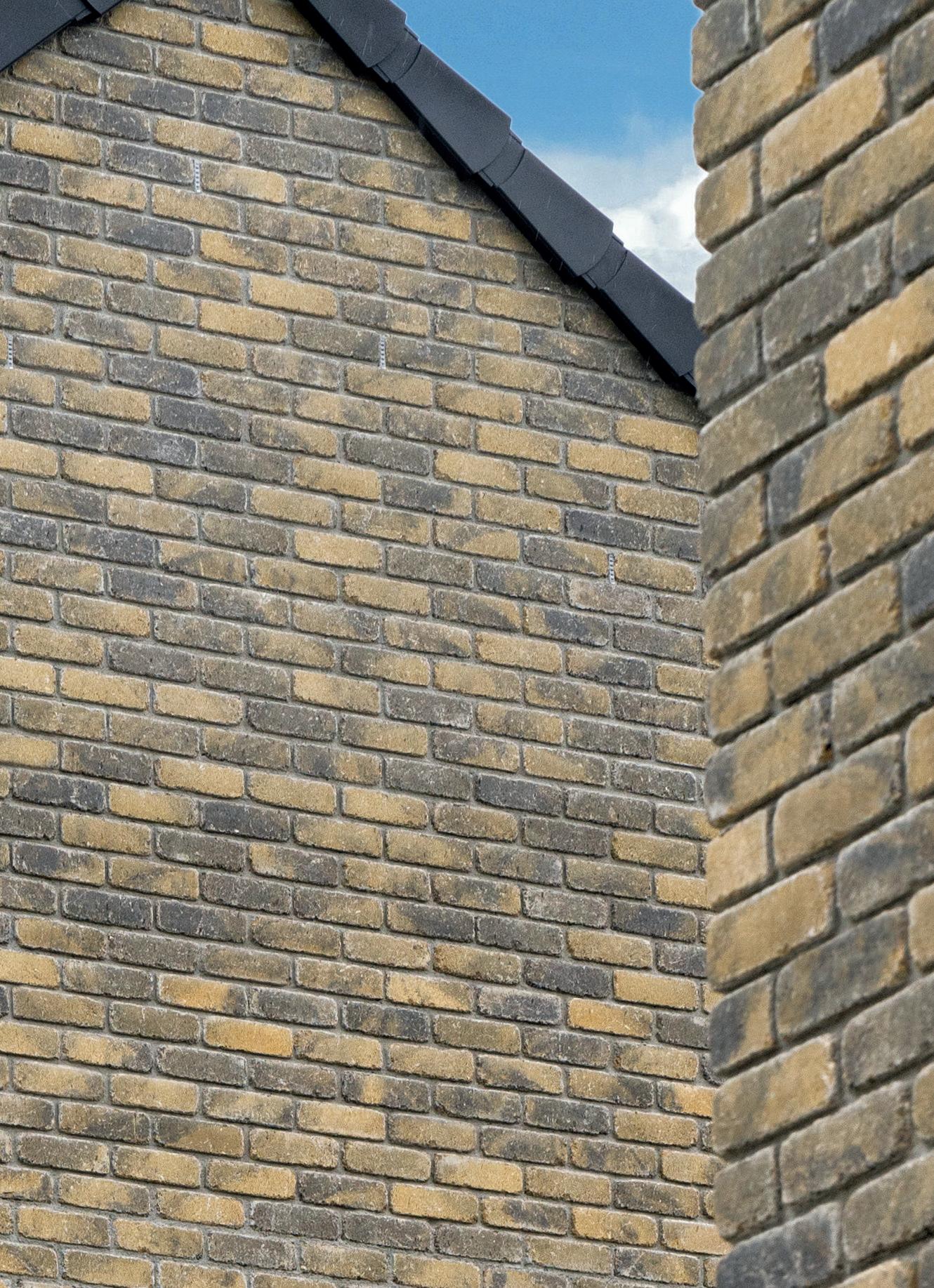
3 minute read
Maintenance Guidance
General Health + Safety note
Some of the cleaning methods described may involve the use of cleaning materials which must be used correctly and strictly in accordance with suppliers’ / manufacturers’ recommendations.
Advertisement
The following precautions should also be noted:
• Appropriate protective clothing such as gloves, goggles, ear defenders, boots and overalls should be worn. • Adequate ventilation is required in confined spaces when using chemicals. • When using flammable materials, cigarettes, naked flames and other sources of ignition should be avoided. • When diluting acid based cleaners, ALWAYS add acid to water and not water to cleaner. • Any clothing which is contaminated with chemicals should be disposed of safely. • Care must be taken not to damage, contaminate or stain any adjoining materials. • Personnel operating in the area of the cleaning must be protected from any hazard created by the cleaning. (Risk Assessments and COSHH are appropriate.)
It is particularly important with all cleaning methods that a trial should be carried out on a small, inconspicuous area, to determine the effect of the treatment before commencing work on a larger area. The use of a stiff brush is recommended for several of the operations described below. Always use a brush with either natural or nylon bristles. Never, under any circumstances, use a wire bristled brush and avoid any process that detrimentally affects the surface structure and colour of the facing bricks. Care should always be taken to avoid any excessive localised scrubbing.
Cleaning of facing bricks:
Construction blemishes ie. mortar stains and smears, mortar droppings and water marks. Prevention of any of the above is ultimately preferable to trying to carry out remedial cleaning. Good standards of work supervision and workmanship are needed to achieve the full benefit of a fair-faced, self-coloured brick-work finish. Mortar stains and smears can be carefully removed with an appropriate cleaning product. Products of this type must be used strictly in accordance with the manufacturer’s instructions and washed down thoroughly afterwards with water from a low pressure hose.
Oil stains:
Oil penetrates readily into concrete, staining will be significantly reduced if any spillage is removed promptly with an absorbent material e.g. paper towels or cloth. Do not wipe as this will drive the oil into the concrete and spread the contamination over a larger area. If the stain persists, a cleaner suitable for the purpose should be used in accordance with the manufacturers’ instructions.
Alternatively, the surface can be scrubbed with a strong detergent and the residue washed away with hot water. However, care must be taken as this method might also result in the leaching out of some pigment from the concrete product and discolouration due to surface abrasion of the concrete.

Graffiti and paint stains:
Both paint and graffiti are difficult to remove. Fresh wet paint should be soaked up with an absorbent material without wiping the paint, as this will spread the stain. It should then be treated with a solvent suitable, for the paint involved, and the area washed with a concentrated detergent, taking care with the disposal of the run-off material.
NB. Most paint strippers are sulphuric acidbased and attack the concrete.
Dried paint should be scraped off as far as possible without damaging the surface of the concrete and an appropriate paint remover applied, used in accordance with the manufacturer’s instructions. Paint manufacturers may be able to give more detailed advice on the removal of graffiti and it may be necessary to consult them if there are large areas of vandalism.
General dirt, grime and scuff marks from sports footwear, balls and other rubberised equipment:
These can normally be removed by using a stiff brush, mild detergent and water from a low pressure hose. In stubborn cases steam cleaning or brushing the area with a stiff brush, hot water and a detergent can be employed – but a small inconspicuous area should be tested first.
In sports halls, AG would advise a policy that prevents the wearing of outdoor footwear. Furthermore, only sports footwear, balls and other rubberised sports equipment that doesn’t leave black / dark scuff marks on floors and wall surfaces should be used in indoor sports environments. This goes a very long way to reducing the need for aggressive cleaning methods on a regular basis.
Beverage stains:
These can normally be removed using a stiff brush with hot soapy water. Generally, avoid using bleach. However, if the stain is persistent a mild bleach solution can be employed and then rinsed immediately with clean water, taking care to dispose of the run-off safely. Again, testing on a small conspicuous area should be carried out first.







